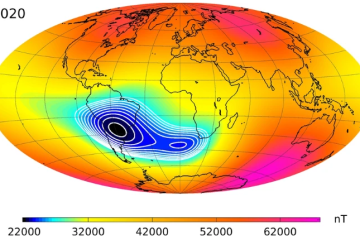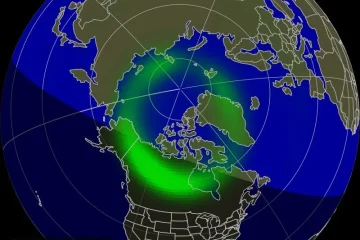The Fascinating World of Neutrinos

Introduction to Neutrinos
Neutrinos, often referred to as the ‘ghost particles’, are fundamental constituents of the universe. Despite their abundance, they interact very weakly with matter, making them incredibly elusive. Their study plays a crucial role in understanding cosmic phenomena and the fundamental laws of physics, including innovations in particle physics and cosmology.
Recent Discoveries and Current Research
In the past few years, scientists have made significant strides in understanding neutrinos. In 2023, researchers from the IceCube Neutrino Observatory released groundbreaking findings about high-energy neutrinos originating from beyond our galaxy. These neutrinos offer a unique tool for astronomers, allowing them to study events like supernovae and gamma-ray bursts that are otherwise obscured by cosmic dust.
This discovery was particularly significant because it strengthens the connection between neutrino astronomy and high-energy astrophysical processes. The IceCube detector, located in Antarctica, has been instrumental in detecting these elusive particles and has provided valuable data that could help in comprehending the origin of the universe’s most energetic phenomena.
The Role of Neutrinos in Astrophysics
Neutrinos are produced in vast numbers by the sun and in immense explosions in the universe. Their interactions can reveal information about the processes that occur in stars and other celestial bodies. For instance, solar neutrinos have been fundamental in confirming theories about the sun’s core and the fusion processes that fuel it. Recent research suggests that understanding neutrinos may even provide insights into dark matter and matter asymmetry in the universe, once considered rare realms of theoretical physics.
Conclusion and Future Implications
As researchers continue to explore the properties of neutrinos, the implications for our understanding of the universe are profound. Futures studies may lead to new physics beyond the Standard Model and could profoundly alter our comprehension of cosmic events and the fundamental forces that govern them. The growing field of neutrino research not only enhances our grasp of particle physics but also bridges the gap between physics and astronomy, providing a comprehensive view of the universe’s workings.
In conclusion, neutrinos represent a fascinating area of study in modern physics, with ongoing research promising exciting discoveries that may change our understanding of the universe.





